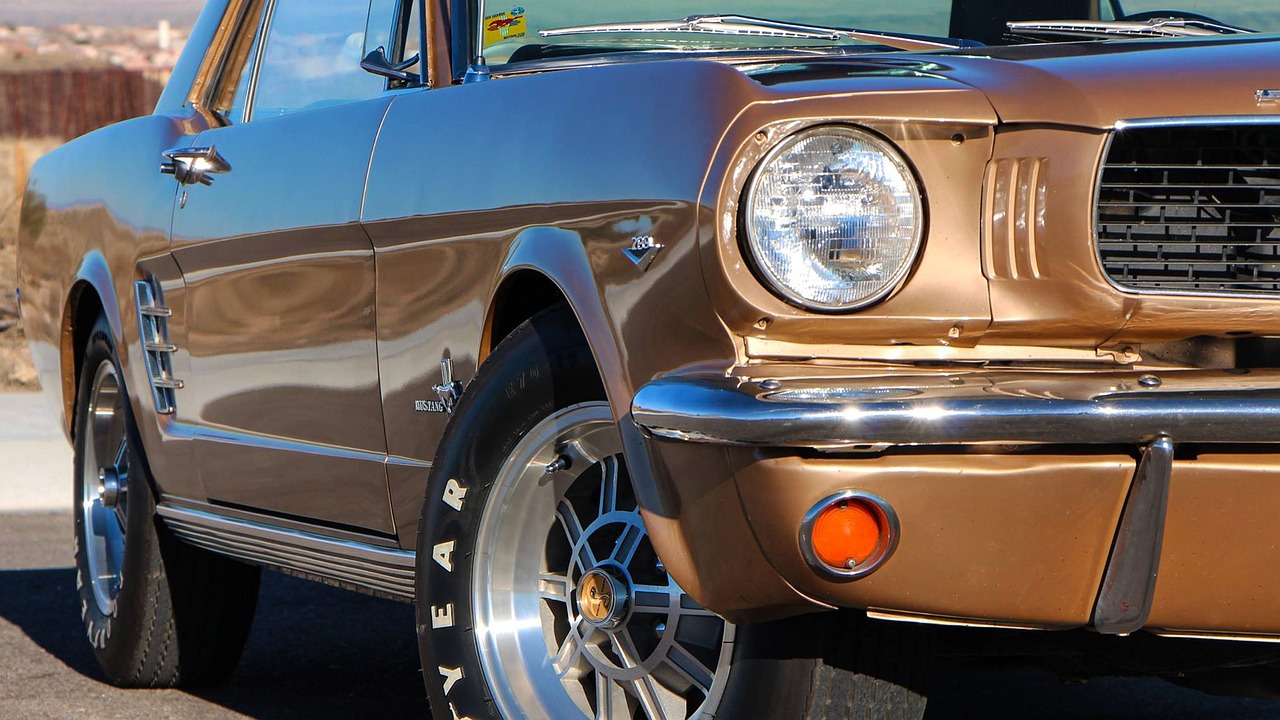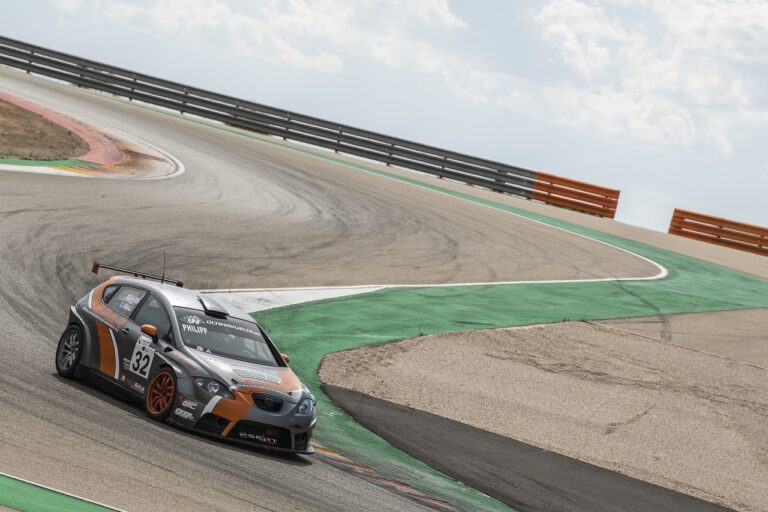The Impact of Suspension System Design on Vehicle Ride Comfort over Speed Humps and Dips
betbook250 login, 11xplay pro, yolo247.com login:The Impact of Suspension System Design on Vehicle Ride Comfort over Speed Humps and Dips
Are you tired of feeling every bump and dip in the road when you’re driving? Do you find yourself holding your breath every time you approach a speed hump, thinking about the jolt you’re about to experience? If so, you’re not alone. Many drivers struggle with ride comfort when navigating uneven road surfaces, especially when it comes to speed humps and dips.
But did you know that the design of your vehicle’s suspension system plays a crucial role in how comfortable your ride is over these obstacles? In this article, we’ll explore the impact of suspension system design on vehicle ride comfort over speed humps and dips, and how you can improve your driving experience by understanding and optimizing this important component of your vehicle.
What is a Suspension System?
First things first, let’s talk about what a suspension system actually is. In simple terms, a suspension system is a collection of parts that work together to connect a vehicle to its wheels. The primary purpose of a suspension system is to provide a smooth and stable ride by absorbing shocks from the road surface and keeping the vehicle’s wheels in contact with the ground at all times.
Key Components of a Suspension System
A typical suspension system consists of several key components, each playing a specific role in how the vehicle handles bumps and dips in the road:
1. Springs: These are the primary shock absorbers of the suspension system. Springs compress and expand as the wheels move up and down over bumps, dips, and other obstacles, helping to absorb the energy of the impact and minimizing the transfer of vibrations to the vehicle’s body.
2. Shock Absorbers: Working in conjunction with springs, shock absorbers help dampen the oscillations created by the springs’ compression and expansion. They play a critical role in controlling the movement of the wheels and maintaining stability and control over the vehicle.
3. Struts: Struts are a type of shock absorber that also provides structural support to the vehicle’s suspension system. They help connect the wheel assembly to the rest of the suspension system and provide additional stability and control over the vehicle’s handling.
4. Anti-roll Bars: Also known as sway bars, these components help minimize body roll during cornering and sudden maneuvers. They improve the vehicle’s overall stability and handling by reducing the lateral movement of the chassis.
How Suspension System Design Affects Ride Comfort
Now that we have a basic understanding of how a suspension system works, let’s dive into how different design elements can impact ride comfort over speed humps and dips:
1. Spring Rate: The stiffness of the springs in a suspension system, known as the spring rate, significantly affects how the vehicle responds to bumps and dips. A higher spring rate will result in a firmer ride, with less body lean and dive, while a lower spring rate will provide a softer ride but may compromise handling and control.
2. Shock Absorber Damping: The damping rate of shock absorbers determines how quickly they respond to bumps and dips in the road. An optimal damping rate will help control the oscillations created by the springs, providing a smooth and stable ride over uneven surfaces.
3. Strut Design: The design of struts can also impact ride comfort by influencing the overall rigidity and responsiveness of the suspension system. A well-designed strut will provide structural support while allowing for the necessary flexibility to absorb shocks and vibrations effectively.
4. Anti-roll Bar Size: The size of anti-roll bars can affect how the vehicle handles corners and sudden maneuvers, as well as how stable it remains over uneven surfaces. A properly sized anti-roll bar will help minimize body roll without compromising ride comfort.
Optimizing Your Suspension System for Better Ride Comfort
If you find yourself struggling with ride comfort over speed humps and dips, there are several ways you can optimize your vehicle’s suspension system to improve your driving experience:
1. Consult with a Suspension Expert: A professional suspension specialist can assess your vehicle’s current suspension system and recommend upgrades or adjustments to enhance ride comfort.
2. Upgrade Springs and Shock Absorbers: Consider upgrading to high-performance springs and shock absorbers that are specifically designed to improve ride comfort over rough road surfaces.
3. Adjust Suspension Settings: Many vehicles come with adjustable suspension settings that allow drivers to customize their ride quality. Experiment with different settings to find the optimal balance between comfort and performance.
4. Install Aftermarket Components: Aftermarket suspension components, such as adjustable coilovers or sway bars, can provide additional customization options for improving ride comfort and handling.
FAQs
Q: How can I tell if my suspension system needs attention?
A: Signs of a failing suspension system include excessive bouncing, uneven tire wear, drifting or pulling during turns, and a generally rough ride over bumps and dips.
Q: Can I improve ride comfort without replacing my entire suspension system?
A: Yes, there are several ways to improve ride comfort without a complete overhaul, such as upgrading springs and shock absorbers, adjusting suspension settings, and installing aftermarket components.
Q: How often should I have my suspension system inspected?
A: It’s a good idea to have your suspension system inspected by a professional at least once a year or whenever you notice significant changes in ride quality or handling.
In conclusion, the design of your vehicle’s suspension system plays a critical role in determining ride comfort over speed humps and dips. By understanding how different components and settings impact ride quality, you can take steps to optimize your suspension system for a smoother, more enjoyable driving experience. So don’t let those bumps and dips ruin your ride take control of your suspension system and enjoy the road ahead!







